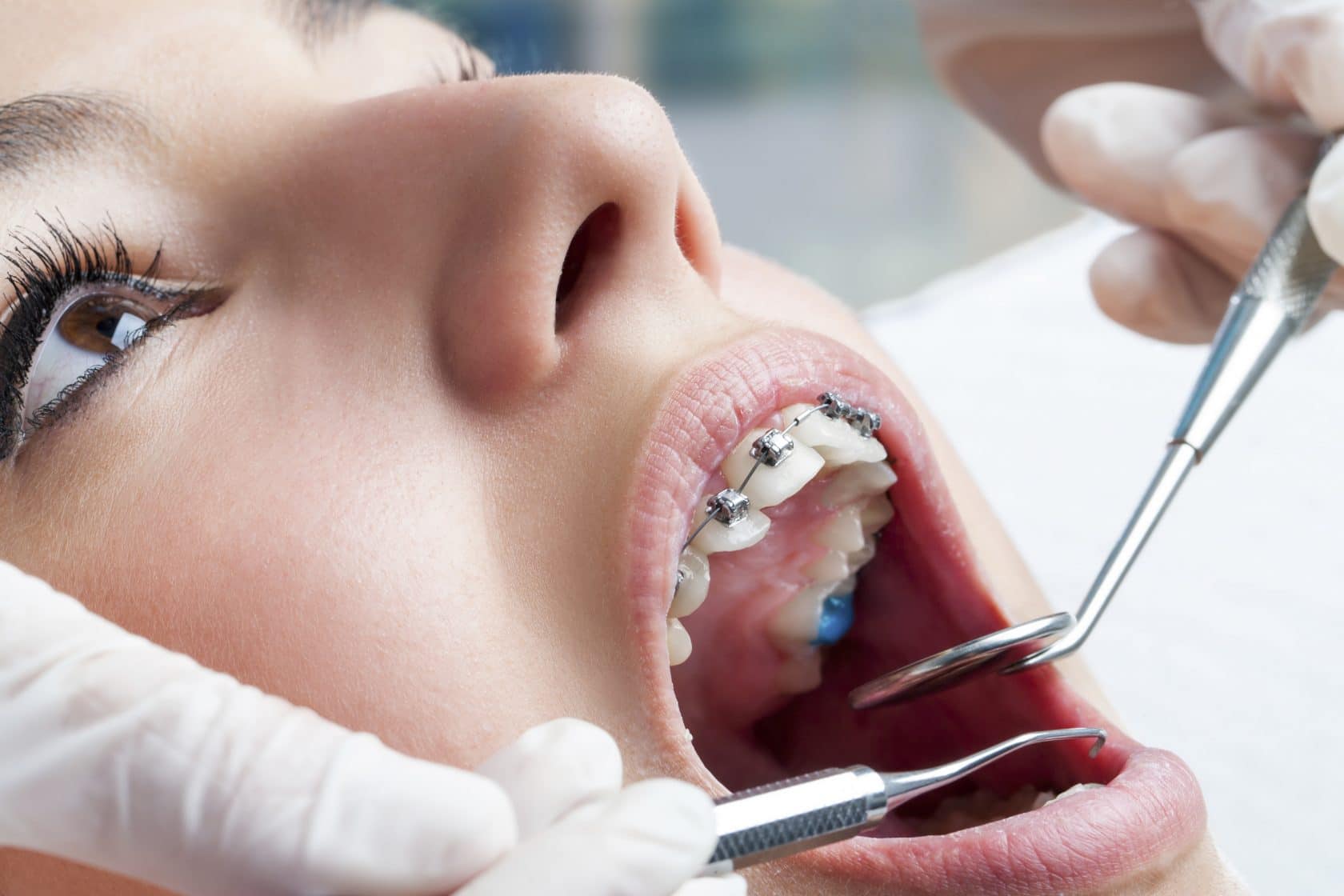Comprehensive Overview to Orthodontics Procedures for Remedying Dental Imbalances
Recognizing the details of each procedure, including their mechanisms, advantages, and prospective downsides, is critical in making informed decisions about one's orthodontic treatment. As we browse with the comprehensive guide to orthodontic procedures for fixing dental imbalances, the intricate information of each approach will unfold, shedding light on the course towards a unified and practical oral placement.
Orthodontic Procedures Overview

In enhancement to standard braces and clear aligners, orthodontists may likewise suggest other treatments like headgear, palatal expanders, or retainers to resolve details placement problems (orthodontist). These procedures are customized to every individual's unique needs and may entail a combination of treatments to attain the desired results. Normal adjustments and tracking are essential components of orthodontic therapy to ensure development gets on track and to make any required alterations along the road. By going through orthodontic treatments, patients can not only accomplish a straighter grin but also enhance their total oral health and wellness and feature.
Conventional Braces: Exactly How They Function
When considering orthodontic treatments for dental imbalances, typical dental braces stand out as a reliable method for correcting teeth positioning. Standard dental braces consist of braces, wires, and bands that work with each other to apply continual pressure on the teeth, gradually relocating them right into the preferred positioning.
One secret facet of exactly how standard braces job is the process of bone renovation. As stress is put on the teeth via the dental braces, the bone surrounding the teeth is improved to sustain the brand-new tooth positions. This remodeling is essential for the long-term stability of the dealt with placement. Clients will require regular changes at the orthodontist's workplace to make sure the braces remain to apply the correct stress for efficient teeth movement.
Unseen Aligners: Benefits And Drawbacks
Unnoticeable aligners provide a very discreet and practical option to standard dental braces for dealing with oral misalignments. These clear, personalized trays are essentially unseen when worn, making them an attractive alternative for individuals seeking a much more aesthetically pleasing orthodontic treatment. Among the primary benefits of unseen aligners is their removability, permitting much easier maintenance of oral hygiene contrasted to standard dental braces. Patients can eliminate the aligners prior to eating or cleaning their teeth, decreasing the danger of food obtaining stuck in the home appliance and streamlining the cleaning procedure.

Surgical Orthodontic Options
Surgical interventions in orthodontics present sensible options for dealing with intricate dental misalignments that might not be efficiently fixed via conventional orthodontic therapies. While unseen aligners and traditional dental braces can remedy numerous orthodontic problems, specific instances call for surgical treatment to accomplish ideal results. Surgical orthodontic alternatives are commonly suggested for severe malocclusions, considerable jaw discrepancies, and situations where the underlying bone structure needs alteration to attain correct alignment.
One usual surgical orthodontic procedure is orthognathic surgical procedure, which involves repositioning the jaws to correct practical issues such as problem talking or chewing. This surgical procedure is often done in partnership with an orthodontist that assists straighten the teeth prior to and after the procedure. Surgical orthodontics might additionally entail procedures to expose influenced teeth, eliminate excess periodontal tissue, or improve the jawbone to produce a more harmonious facial profile.
Prior to taking into consideration medical orthodontic options, clients undergo a detailed assessment to figure out the need and prospective benefits of such treatments. invisalign. his response While surgery may seem difficult, it can significantly boost both the function and appearances of the smile in cases where traditional orthodontic therapies fail
Retainers and Post-Treatment Care

Post-treatment treatment entails complying with the orthodontist's directions vigilantly. This might consist of appropriate oral health practices, attending follow-up visits, and using the retainers as prescribed. Failure to abide by post-treatment treatment instructions can lead to regression, where the teeth gradually relocate back in the direction of their initial positions. Consistent retainer wear, excellent dental health, and normal oral exams are essential for maintaining the outcomes achieved with orthodontic surgical procedure and guaranteeing the lasting security of the dealt with oral placement.
Final Thought
In conclusion, orthodontic treatments supply different options for fixing dental imbalances. Surgical orthodontic choices are available for a lot more severe imbalances. Generally, orthodontic procedures can properly boost oral health and wellness and visual look.
As we browse through the extensive overview to orthodontic procedures for dealing with oral imbalances, the elaborate details of each technique will unravel, losing light on the path toward a functional and unified oral alignment. - cumming aligners
One of the most usual orthodontic treatments is the usage of braces, which consist of metal braces and wires that apply gentle stress to slowly move teeth into the preferred placement.When thinking about orthodontic treatments for dental misalignments, traditional braces stand out as a time-tested approach for remedying teeth placing. Furthermore, unseen aligners may not be ideal for complex orthodontic issues that require even more considerable teeth activity, as they are normally recommended for mild to modest cases. Retainers are custom-made Home Page orthodontic tools made to hold teeth in their remedied placements after the conclusion of orthodontic therapy.